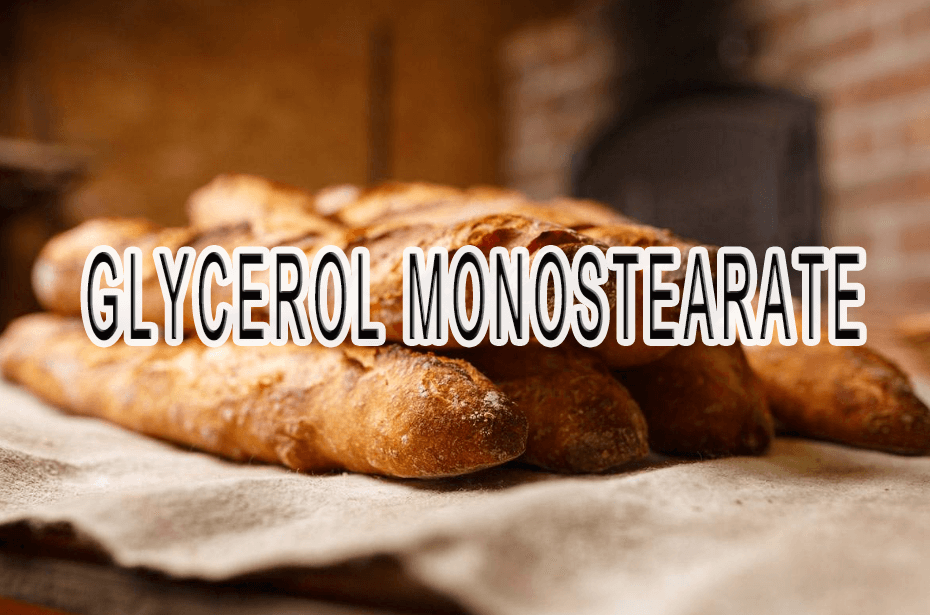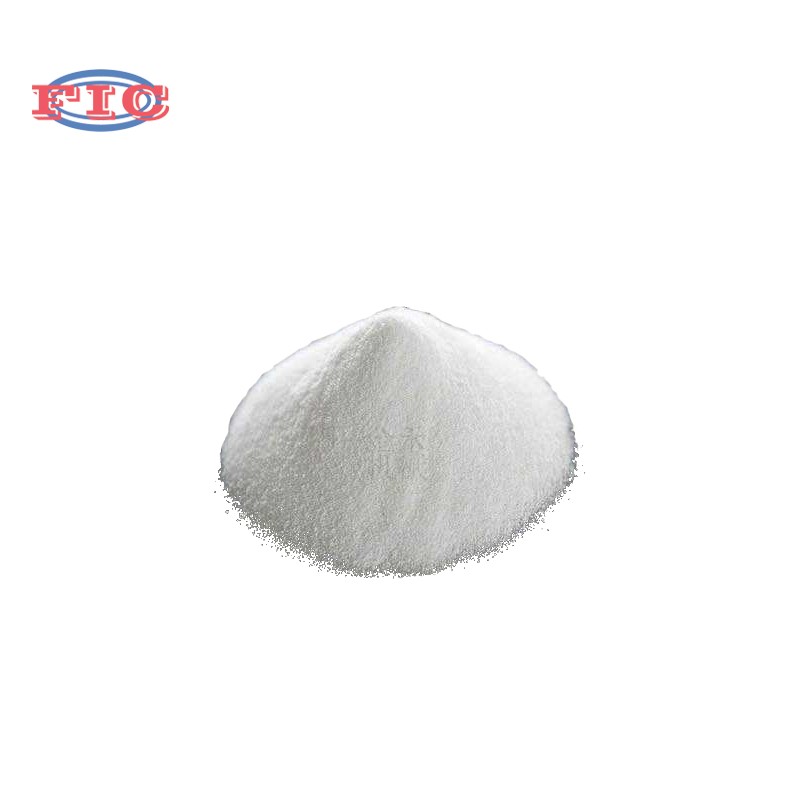プロピレングリコールについて何かご存知ですか?

プロピレングリコールについてご存知ですか?プロピレングリコール化学式C3H8O2、CAS番号:57-55-6。室温では無色透明のややシロップ状の液体で、水、エタノール、各種有機溶剤と混和する有機化合物です。また、蒸気として空気中に存在することもあり、ほとんど無味無臭である。プロピレングリコールの用途プロピレングリコールは工業用グレードとUSPグレードの2種類に分類される。工業、食品、医薬品など多くの産業で広く使用されている。それは水を吸収する合成液体物質であり、それは余分な水を吸収し、特定の医薬品、化粧品、または食品[...]の水分を維持するために使用されます。
モノステアリン酸グリセリンについてどのくらいご存知ですか?

モノステアリン酸グリセリンは分子式C21H42O4の有機化合物です。良好な界面活性を持ち、乳化、分散、消泡、でんぷん老化防止などの役割を果たすことができる。食品や化粧品に最も広く使用されている乳化剤です。用途乳化剤、共乳化剤、安定剤、保存料として使用できます。食品加工ではパン軟化剤、豆製品では消泡剤、乳製品、マーガリン、ケーキでは乳化剤や安定剤として使用されます。食肉製品、乳製品、ビール、醤油などの保存や果物の保存に使用されます。工業用シルク仕上げ剤や繊維用潤滑剤の乳化剤、[...]を
クエン酸の導入

クエン酸の紹介 クエン酸は、酸味とレモンのような香りを持つ有機酸で、広く使用されている。食品、医薬品、家庭用品、化学工業など幅広い分野で使用されています。本稿では、クエン酸の製品概要、適用範囲、ユニークな特徴、クエン酸を必要とする製品、およびその価格変動に影響を与える要因などを説明します。製品の説明クエン酸は、化学式C6H8O7の弱い有機酸である。白色の結晶性粉末で、水によく溶け、pHは約2.2です。クエン酸はレモン、ライム、オレンジなどの柑橘類から発酵または化学合成によって抽出される。応用範囲 クエン酸は、食品、医薬品、家庭用品、化学工業など様々な産業で幅広い用途がある。食品業界では、クエン酸は炭酸飲料、フルーツジュース、キャンディー、焼き菓子など様々な製品の香料、保存料、酸味料として使用されています。製薬業界では、クエン酸は医薬品のpHを調整したり、注射薬や経口薬の安定剤として使用されています。家庭用業界では、クエン酸は食器洗い機用洗剤、洗濯用洗剤、表面クリーナーなど様々な製品の洗浄剤として使用されている。化学業界では、クエン酸はキレート剤、緩衝剤、中間体として様々な化学物質の製造に使用されている。クエン酸のユニークな特徴 クエン酸にはいくつかのユニークな特徴があり、様々な用途に使用されている。第一に、柑橘類から抽出される天然物であるため、安全で無毒である。第二に、酸味とレモンのような香りがあり、食品や飲料の香料として人気がある。第三に、水によく溶けるため、さまざまな用途に使いやすい。最後に、生分解性で環境に優しいため、家庭用洗浄剤としても人気がある。クエン酸を必要とする製品 クエン酸は、さまざまな業界のさまざまな製品で必要とされています。食品業界では、クエン酸は炭酸飲料、フルーツジュース、キャンディー、焼き菓子などに使用されています。製薬業界では、クエン酸は内服薬や注射薬に使用されます。家庭用業界では、クエン酸は食器洗い機用洗剤、洗濯用洗剤、表面クリーナーなどに使用されている。化学業界では、クエン酸は様々な化学薬品の製造に使用されている。クエン酸の価格変動要因 クエン酸の価格は、原料価格の変動、生産コスト、市場の需要など、いくつかの要因によって影響を受けます。原料価格の変動、特に柑橘類の価格はクエン酸の価格に影響を与える可能性があります。エネルギー、人件費、設備費などの製造コストもクエン酸の価格に影響を与えます。クエン酸の市場需要も、特に需要が供給を上回った場合、その価格に影響を与える可能性があります。結論 結論として、クエン酸は様々な産業で幅広い用途を持つ汎用性の高い有機酸である。クエン酸は柑橘類の果実から抽出され、さまざまな用途に広く使用されている。クエン酸を必要とする製品は、食品や飲料製品、医薬品、家庭用洗剤、化学薬品をincludefood。クエン酸の価格は、原料価格の変動、生産コスト、市場の需要など、いくつかの要因に影響されます。
If you are interested in sodium alginate, please see here!

If you are interested in sodium alginate, please see here! Sodium alginate is a by-product after extracting iodine and Mannitol from kelp or sargassum of brown algae. It is a natural polysaccharide. Sodium alginate is white or yellowish powder, almost odorless and tasteless. Sodium alginate is not only a safe food additive, but also a base material for bionic food or therapeutic food. Advantages: It has unique advantages in thickening. The good fluidity of sodium alginate makes the added drinks taste smooth; And it can prevent the phenomenon of viscosity decrease during the product disinfection process. It can greatly improve the viscosity of sodium alginate. Sodium alginate is the stabilizer […]
Exploring the Wonders of Maltodextrin

Exploring the Wonders of Maltodextrin Introduction: Maltodextrin is a versatile carbohydrate widely used in various industries due to its unique properties and applications. In this blog post, we will delve into the world of maltodextrin: Types of Maltodextrin: nMaltodextrin is available i different DE values, which indicate the degree of hydrolysis and the resulting molecular weight. Lower DE values indicate longer chain lengths, while higher DE values signify shorter chains and greater water solubility. Understanding these differences is crucial for choosing the right maltodextrin for specific applications. Versatile Applications: Maltodextrin finds extensive use in the food and beverage industry, acting as a stabilizer, thickener, and bulking agent. Its ability to improve texture, enhance flavor delivery, and increase shelf life makes it a valuable ingredient in baked goods, dairy products, beverages, and more. Additionally, maltodextrin is employed in pharmaceuticals, personal care products, and the manufacturing of industrial adhesives. Impact on Food Products: Maltodextrin plays a pivotal role in food formulation. Its unique properties enable it to enhance mouthfeel, provide a creamy texture, and prevent crystallization in various food applications. Whether adding body to soups and sauces or creating a smooth texture in powdered mixes, maltodextrin serves as a valuable ingredient for achieving desired product characteristics. Health Implications: When consumed in moderate amounts, maltodextrin is generally considered safe for most individuals. Its rapid digestion and high glycemic index make it an energy source for athletes and individuals needing quick fuel. However, individuals with specific health conditions, such as diabetes, should monitor their intake due to its potential to raise blood glucose levels. Our Market: China is a significant player in the global maltodextrin market, boasting a substantial export volume. Its competitive pricing, quality manufacturing processes, and extensive production capacity contribute to its position as a key maltodextrin exporter. Our company is actively involved in Europe,America,MiddleEast, SoutheastAsia,etc market. As a leading player in the maltodextrin market, our company strives to deliver high quality products and cater to the evolving needs of our clients across different regions. If you have any interests about maltodextrin,welcome to contact […]
ぜひGulfood Manufacturingにお越しください!

Come Visit Us At Gulfood Manufacturing! We are thrilled to exhibit at Gulfood Manufacturing, the only annual & most influential F&B manufacturing event, from 7-9 November at Dubai World Trade Centre. Come Visit Us! At booth no A5-16 in Hall No 5 This is our great opportunity to deep dive into the most talked-about topics, meet and learn from global experts, and experience new innovations in food ingredients. Join me, get your e-badge now by registering quickly at https://lnkd.in/ddkvDx9N
アスコルビン酸について一緒に学びましょう!

Learn about ascorbic acid together! Vitamin C is a water-soluble vitamin, also known as L-ascorbic acid. Its Molecular formula is C6H8O6, and its molecular weight is 176.12. Vitamin C is usually in the form of flakes or powders, odorless, sour in taste, easily soluble in water, and has strong reducibility. Participating in complex metabolic processes in the body can promote growth and enhance resistance to diseases. It can be used as a nutritional supplement, antioxidant, or wheat flour improver. Vitamin C is used as an analytical reagent in the laboratory, such as a reducing agent, masking agent, etc. Application field: Food industry: fruit and vegetable preservation, anti browning, improving protein […]
パラフィン・ワックス

Paraffin Wax Introduction: Paraffin wax is a colorless or white, soft, solid wax that is derived from petroleum. It is a mixture of long-chain hydrocarbons, primarily of the straight-chain alkane series. It is one of the most commonly used waxes in the world and is widely used in various industries for its numerous benefits. Paraffin wax is typically produced by refining crude oil or petroleum. The crude oil is heated to separate the different components based on their boiling points. The paraffin wax is then separated from the other components using various techniques, such as solvent extraction or distillation. CAS No. 8002-74-2 Molecular Formula/MF CnH2n+2 HS Code 271220000 Classification petroleum […]
最も一般的な化学添加物のひとつ:炭酸水素ナトリウム

One of the most common chemical additives: sodium bicarbonate Physical and chemical properties: it is an inorganic compound, chemical formula is NaHCO3, CAS number: 144-55-8, commonly known as baking soda, it is white fine crystal, its solubility in water is lower than that of sodium carbonate, and it is weakly alkaline. It can react with acid, alkali and salt. main application In food processing, sodium bicarbonate is the most widely used loosening agent, used to produce biscuits, bread, etc., but sodium carbonate will remain after the action, too much use will cause the food to be too alkaline and cause the flavor to deteriorate. The color is yellowish brown. It […]








